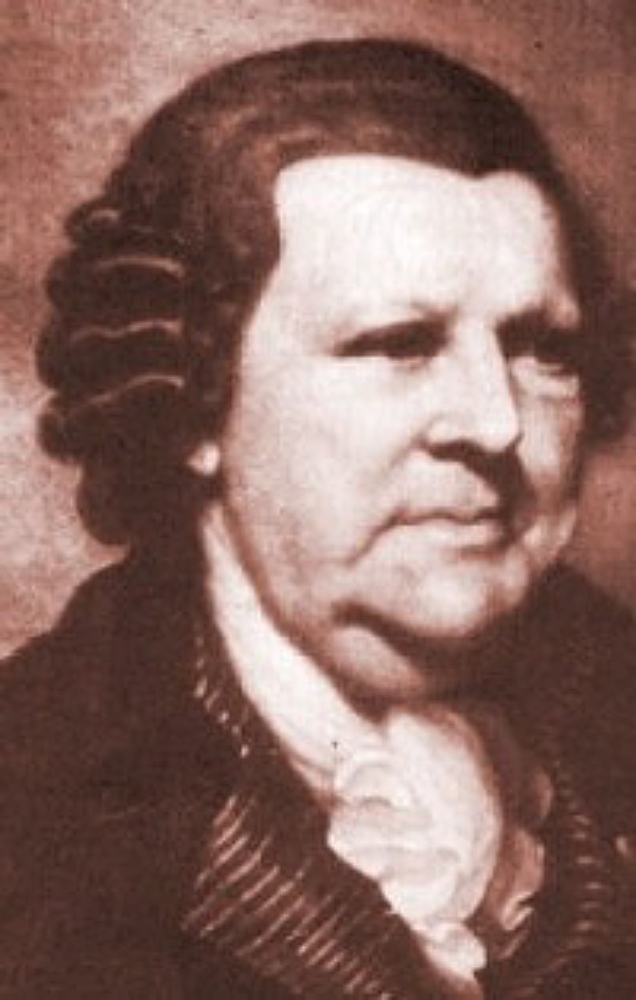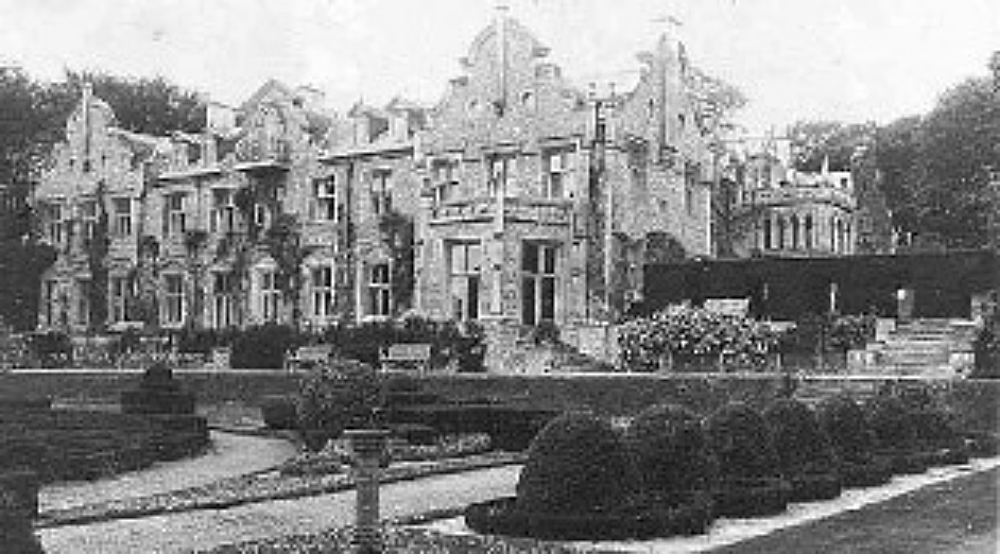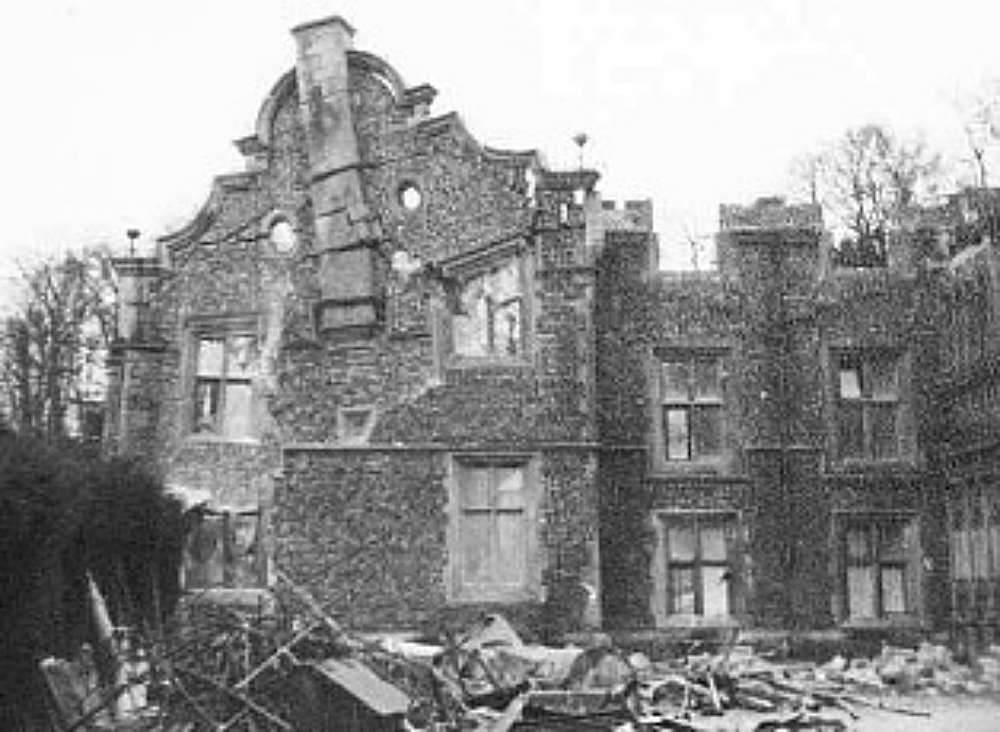A family Affair
THE DOWNS echoed the sound of a light aircraft’s engine as it fought against treacherous crosswinds to gain height, before soaring swiftly away to the west.

In the cockpit, as the Avro Avian rose from a field beside ornate, Gothic-style Muntham Court, to the west of the Findon to Washington road, sat young Brian Thynne, youngest son of Ulric Thynne, owner of the Victorian mansion.
The year was 1930 and Brian was yet to become a noted aviator but his story was already inexorably entwined with that of Muntham Court, home to several of the Thynne family, who were kinsmen to the Marquis of Bath.
But Freddie Feest recalls another resident of Muntham who was even more intriguing … an intrepid adventurer and collector named William Frankland.
BRIAN Thynne loved everything about flying. As a young lad at home in Muntham Court, his private sitting room may have been panelled in fine carved oak, but much of the wood was papered over with pictures of aircraft.
As soon as he was old enough, he had his own plane, which he kept on the Downs above the house on a flat stretch that he called The Landing Strip, but which his horse-riding father, Colonel Ulric Thynne, insisted until his dying day ought to be referred to as The Gallops.

Unlike many big country houses, Muntham was not a hereditary property handed down over hundreds of years by members of the same occupying family,
The first Muntham was built in 1371 by Thomas de Muntham and in the reign of Henry V1 we know it was valued at just £18. Not a lot, even by the values of the age, though it was doubtless worth much more after it was purchased in 1742 by Anthony Viscount Montague and promptly rebuilt under his direction by Joseph Merlott.
Twenty-three years later, enter its most eccentric owner, William Frankland.
Frankland had been born in India, where his father was governor of Bengal. By the age of 40, William had become a wealthy merchant in the East India Company.
Still unmarried, he decided to retire on his fortune and live the life of a country gentleman in England.
Being, by inclination, an adventurer – and not having the encumbrance of a wife or family – he made much of the long journey overland and through countries fraught with danger for the lone traveller.
It took him across the Persian Gulf to Mesopotamia, Syria and Palestine, most of the way posing as a Tartar messenger and having negotiated Persian, Armenian and Turkish passports – no mean achievement in those turbulent times.
When he eventually arrived in southern England three years later, his first task was to find a suitably palatial home where he could indulge his great passion for all things mechanical. Muntham happened to be on the market and he snapped it up, complete with an estate of more than 2,000 acres, for what he considered was a bargain £6,300.
Over the next few years, he installed at Muntham every variety of old and newly-invented machine, from an impressive collection of clocks and watches to organs of the musical kind, handlooms, printing machinery, optical aids of every kind – even, it is said, some of the earliest machines to generate electricity.
He is known to have spent at least £20,000 on his collection – a fabulous sum for that period.
Even so, it was not his machines that he would most often boast about to his visitors. He considered his lineage to be far more important, for he was a direct descendant of Oliver Cromwell, the self-styled Lord Protector who brought an abrupt end to the reign and life of King Charles I.
Boasting about this didn’t make him too popular with many of his long-established, gentrified West Sussex neighbours, whose ancestors had largely backed the Royalist cause!
But perhaps he had the last laugh, for when William Frankland died in 1805, aged 85, he left Muntham to Rear Admiral Henry Cromwell, the illegitimate son of his older brother, on condition that he changed his name to Frankland.
He did so with alacrity!

The mansion changed hands yet again in 1840, bought by Thomas Fitzgerald, father of the secretary of the MCC.
Not until 10 years after that, did the aristocratic Thynne family finally came onto the scene, when the estate was purchased by the Dowager Marchioness of Bath.
Promptly deciding that the old redbrick building inadequately reflected her rank in society, she spent a lot of money in 1887, giving the building a suitable “facelift”. It took 10 years to complete.
She altered the garden beyond recognition, with a fascinating choice of garden design uniquely inspired by the pattern of embroidery on the crown of a Victorian baby’s cap. The garden accordingly became known as the Crown Garden.
The Dowager Marchioness was the grandmother of Colonel Ulric Thynne, who unexpectedly became the last master of Muntham Court.
It was under his ownership that the house gained minor notoriety among visitors as the only house in England with a stuffed hippopotamus in the billiard room!
There were also 50 stuffed heads of other wild animals, “collected” by a Thynne uncle and relegated to the walls of the family chapel, which had been converted from an old laundry building by the Dowager Marchioness during her tenure of the estate.
Many visitors thought the whole thing unduly macabre.
According to Who’s Who in Worthing and District, published in 1940, Colonel Ulric Thynne enjoyed a successful army career, serving in both the Boer War and World War One. It also established his place in the British aristocracy.
The son of the late Lord Henry Thynne (second son of the 3rd Marquess of Bath) and Ulrica Thynne (second daughter of the 12th Duke of Somerset), Ulric Thynne was, from 1922, a member of His Majesty’s Bodyguard and the Hon Corps of Gentlemen-at-Arms (at a height of 6ft 2in, he was believed to have been the tallest). He served with the King’s Royal Rifles 1891-1900 and the Royal Wiltshire Yeomanry 1900-1920.
He was twice mentioned in despatches – once in the South African (Boer) War and again in the First World War. When he died in 1957 – and after his wife and butler departed – the house stood deserted while the grounds rapidly became overgrown.
Three years later, the Downs around Muntham were reverberating with the sounds of demolition, as all the fine oak panelling, wood flooring and tile floors was ripped apart, the superb staircases dismantled and fireplaces and windows removed en masse.
Before 1961 was out the entire Victorian mansion was just a pile of rubble.
Colonel Thynne was buried in the small family cemetery at Muntham, well hidden within a clump of trees on a hill close to where the house had been. Cattle have browsed around them but a stout fence keeps out wanderers.
In the centre of the ring of trees in a large Celtic-style cross, overlooking five graves, of which the oldest is that of Lord Henry Frederick Thynne, who died in 1904.
Nearby are another 11 graves, presumed to be of the family’s loyal servants and their families, including two young children.
And what happened to Brian Thynne, with whom our story began?
In 1928, he had followed his teenage passion for flying by joining the Auxiliary Air Force.
During the 1930s, he competed in the King’s Cup Air Race and, perhaps emulating the inventive traditions of William Frankland of Muntham, tried to increase the speed of his aircraft with an unorthodox piece of machinery – a streamlined canopy fitted around the pilot’s head and “faired” in with the cockpit.
From 1936 to 1939, he commanded 601 Squadron and in the latter year became a Fighter Command controller. He was made a CBE.
After being demobbed from the RAF at the end of World War Two, his father gave him the sticky task of negotiating with the War Ministry for compensation for all the damage that had been inflicted by the military on Muntham Court during the war.
Realising that nothing in England would ever be the same again, Brian went to live in Spain, where he lived out the rest of his days with his Spanish wife and daughters. He died in Madrid in 1985, aged 78.
Muntham is now the site of Worthing’s Crematorium.